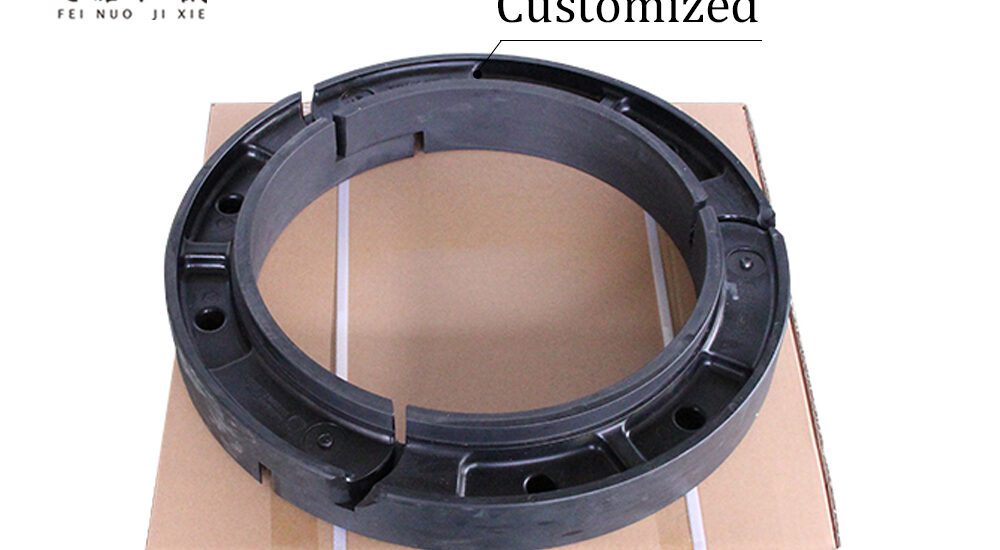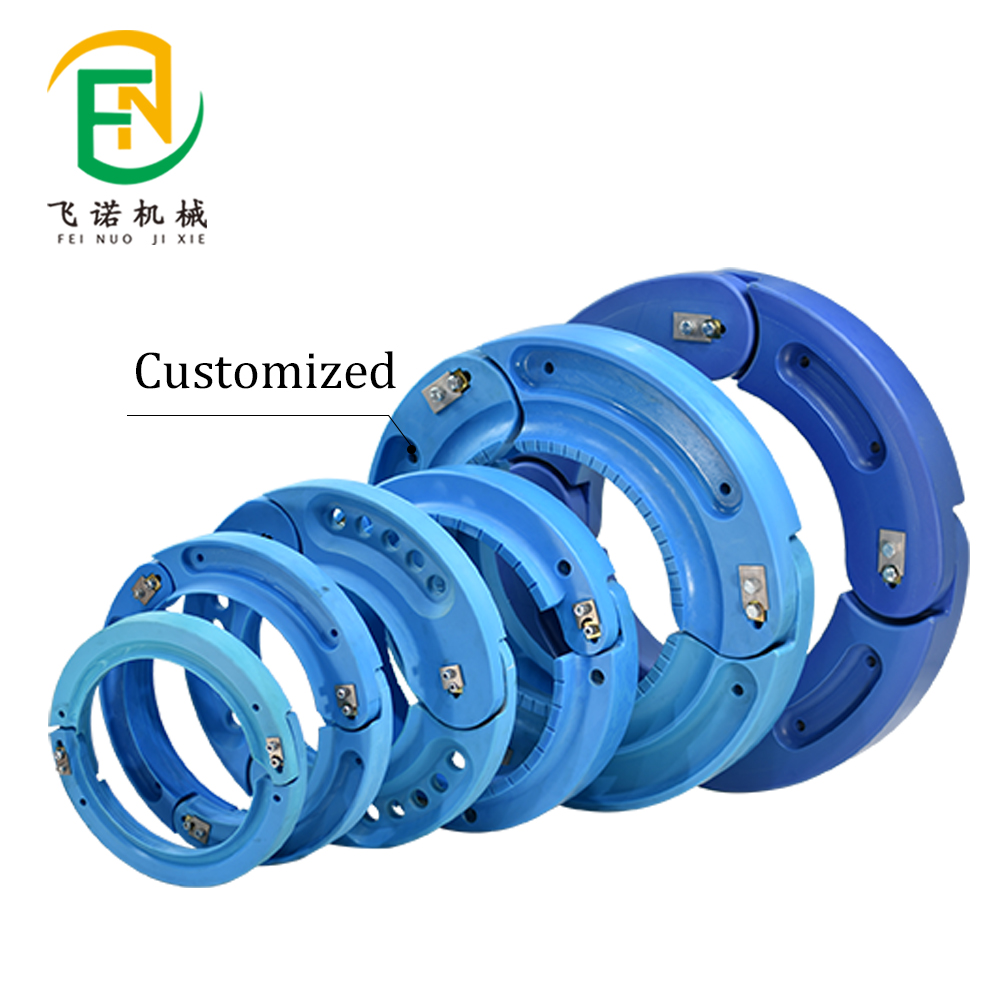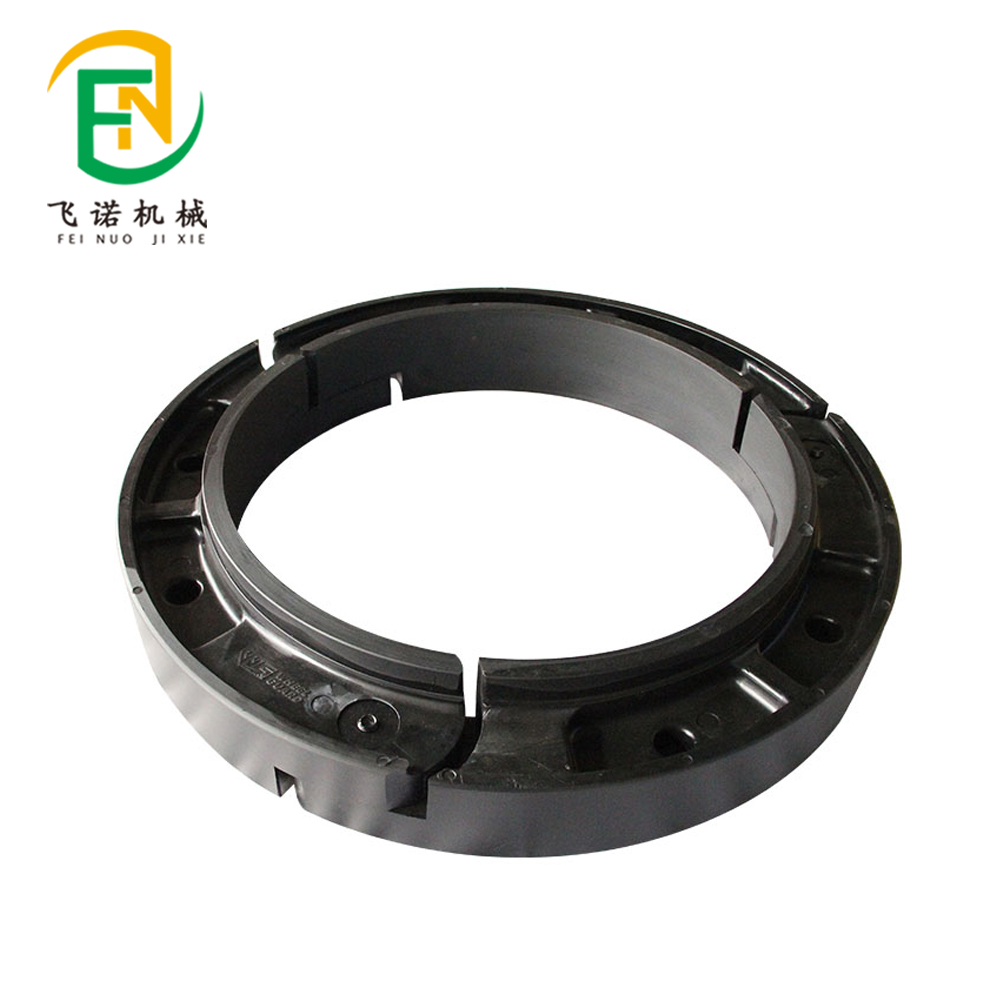- May 13, 2025
- Posted by: feinuojixie
- Category: Injection Molding News


Flat tires have long been a driver’s nightmare—arriving uninvited during a road trip, a rainy commute, or the middle of nowhere. They disrupt plans, compromise safety, and often require costly roadside assistance. But thanks to advancements in tire safety technology, the days of being stranded by a blowout are numbered. The run flat insert is revolutionizing how drivers think about mobility and security on the road. Designed to keep you moving even after a tire puncture, this technology offers a practical and durable solution to one of driving’s oldest problems. Whether you’re a commercial fleet manager or a weekend off-roader, run flat insert could be the peace-of-mind upgrade you didn’t know you needed.
What Is a Run Flat Insert and How Does It Work?
A run flat insert is an inner support system designed to maintain the structural integrity of a tire even after complete air loss. Unlike traditional tires that collapse when punctured, a tire equipped with a run flat insert remains operable for a limited distance—often up to 50 miles at moderate speeds. The insert, usually made of high-strength polymer or reinforced rubber, sits inside the tire and takes on the vehicle’s weight when pressure drops. It acts as a secondary support ring that prevents the tire from sagging or separating from the rim. This simple but effective mechanism gives drivers time to reach a service location safely, avoiding dangerous roadside stops.


The Key Benefits of Run Flat Insert Technology
The advantages of run flat insert technology go beyond just avoiding inconvenience. One of the biggest benefits is safety—drivers can retain steering control and braking ability even with a flat, reducing the risk of accidents. In remote or high-risk environments, the ability to keep moving after a puncture can be lifesaving. There’s also a cost-saving aspect: no need for towing services, emergency replacements, or extended downtime. For logistics companies, that means fewer delays. Additionally, since a run flat insert doesn’t require special rims, it can be retrofitted to many standard vehicles, offering an affordable safety upgrade for everyday use.
How Run Flat Insert Enhances Off-Road and Military Vehicles
Extreme environments demand uncompromising reliability. In off-road, tactical, and military applications, a flat tire can lead to mission failure or personal danger. That’s why run flat insert technology has become a standard feature in armored vehicles, tactical trucks, and even specialized rescue equipment. These inserts are built to withstand high-impact terrain, gunfire, and shrapnel, all while allowing vehicles to keep moving. For off-road enthusiasts and expedition drivers, the benefit is just as real: confidence to explore without the constant worry of being stranded due to tire damage. With run flat insert, rugged terrain becomes more accessible and less risky.
Run Flat Insert vs. Run Flat Tire: What’s the Difference?
While they sound similar, a run flat tire and a run flat insert are two different solutions. Run flat tires are manufactured with reinforced sidewalls and are often more expensive. They also tend to ride harsher and can only be replaced with similar models, limiting flexibility. On the other hand, a run flat insert is an add-on component installed inside a conventional tire. This makes it a modular and cost-effective option—when your tire wears out, the insert can be reused in a new one. Additionally, inserts don’t compromise ride comfort as much as traditional run flat tires do. For drivers who value choice, performance, and cost control, inserts offer a clear edge.
Is Run Flat Insert Right for Your Vehicle?
A run flat insert isn’t just for military-grade applications or luxury SUVs. It’s a versatile solution that suits a wide range of needs. If you manage a commercial fleet, reducing tire-related downtime can significantly improve efficiency. If you drive in rural or undeveloped areas, run flat insert ensures you won’t be left stranded miles from help. For security personnel and diplomats, it’s a discreet yet essential safety upgrade. Even urban commuters benefit from avoiding the stress of changing a tire in traffic. The bottom line: if uninterrupted mobility and enhanced safety matter to you, this is a technology worth considering.
Installation and Maintenance: What You Need to Know
Installing a run flat insert typically requires professional service, as it involves unseating the tire from the rim and fitting the insert securely inside. The process is straightforward and can usually be completed within an hour. Once installed, maintenance is minimal. Unlike mechanical parts that degrade quickly, inserts are built to last and often outlive multiple tire lifespans. Periodic inspection during tire rotations or replacements is sufficient to ensure the insert remains effective. With no electronic systems or moving parts, reliability is high and failure rates are low. It’s a “set it and forget it” safety upgrade.


Future of Tire Safety: Where Run Flat Insert Is Heading
As vehicles become smarter and more autonomous, tire safety technologies are evolving too. The run flat insert is now being integrated with digital monitoring systems that alert drivers in real-time when a tire loses pressure. Research is also pushing for lighter, more advanced materials that improve performance without adding weight. In the near future, we may see inserts designed for electric vehicles that help extend range by reducing rolling resistance. As climate and terrain challenges increase, so does the demand for reliable tire solutions—positioning run flat insert as a core component in next-generation mobility platforms.
Drive with Confidence, Powered by Run Flat Insert
No one wants to deal with a flat tire, and with run flat insert technology, you may never have to again. From enhancing personal safety to boosting commercial efficiency, this innovation provides a smart, durable, and affordable answer to one of driving’s most persistent challenges. It offers peace of mind on every journey—whether you’re heading across town or across a desert. As tire technology continues to evolve, run flat insert is already proving that the best way to deal with a flat is simply to keep going.
